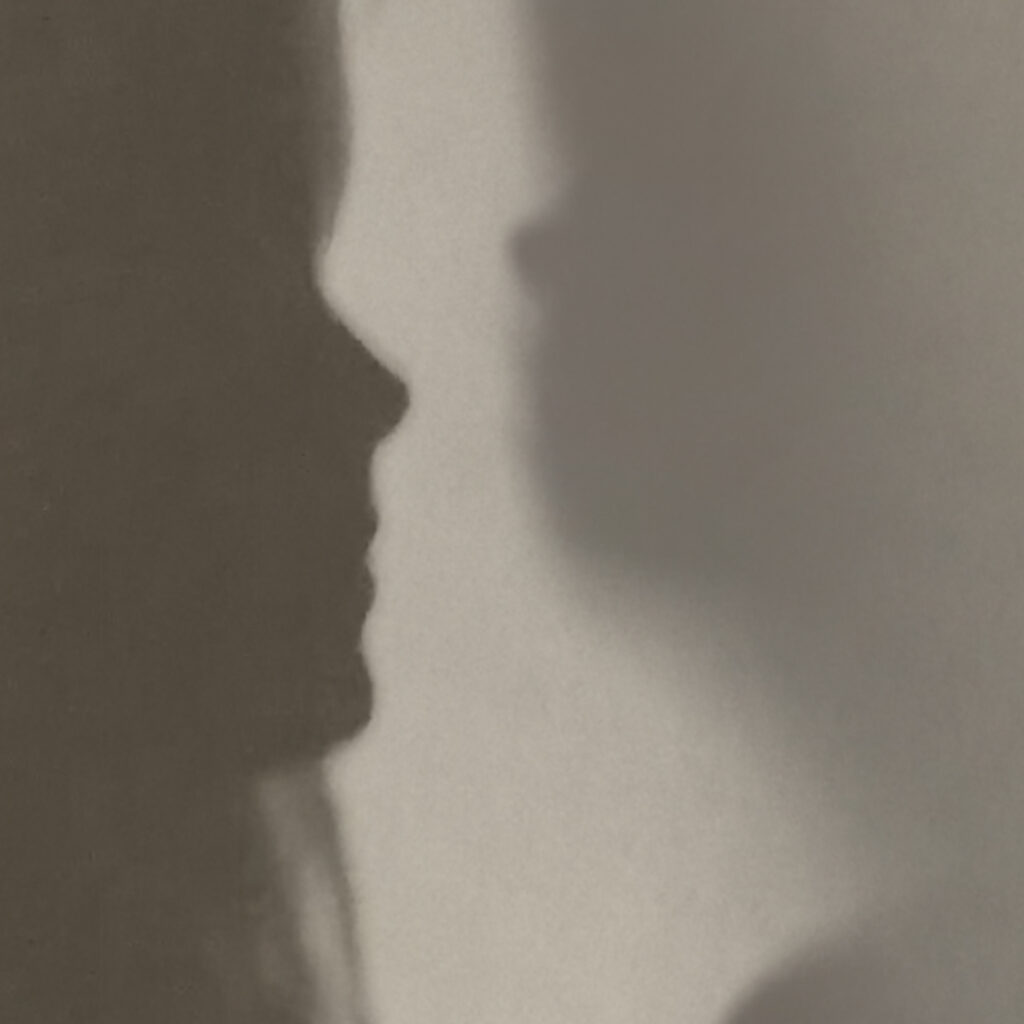connective tissue
a playfully serious mixed-media collaboration

Using sound, music and images we explore invisible threads linking people and spaces. We follow intergenerational connections and disconnections, along with intercultural continuity and friction. Our work is often at the interface of embodiment and transience, sensing and non-sensing.
connective tissue is a creative team formed by Rachel Beckles Willson and Lin Li. They started collaborating remotely (between London and Edinburgh) during the lockdown in 2020, and have completed a number of audio visual pieces – Teatime!, Be Water Be Light, Unwept Tears and Improvised Bodies (see below).
2021, 5 min 56 sec
An expressive composition (piano, tenor saxophone and sampled kitchen sounds) by Rachel Beckles Willson gave rise to a visual narrative around an animated teacup created by Lin Li. Starting with the cup struggling to turn the right side up and ending with an unusual cup of tea, TEATIME! symbolizes the resistance (with a hint of regret) against the traditional gender role and subjugation experienced by many women, particularly those of the older generations.
2021, 6 min 27 sec
An audiovisual poem which touches on recent civil disobedience movements that employed tactics and gestures inspired by water and light – movements which have been subject to unrelenting suppression, leaving us with the question: who will still have the courage to be water and light?
(“Be water” was a tactic adopted by protesters in the social movements in Hong Kong in 2019. The tactic has subsequently been followed by protesters in other parts of the world.)
2021, 5 minutes
What happens to our secrets? What happens to our hidden stories? Eventually they find their way out. Unwept Tears began as a story and became a piece of music before turning into a film.
An interactive experimental audio-visual project
0:00 Introduction – description of the project
1:53 Improvised body 1
3:15 Improvised body 2
6:24 Improvised body 3
8:10 Improvised body 4
13:17 Improvised body 5
Rachel Beckles Willson uses her work to explore the hidden stories around us and among us, whether she is composing, writing, producing the music of others, or choosing repertoire to perform.
As a pianist she has worked with leading figures in contemporary music from György Kurtág to Jane Manning and Apartment House. As a Professor of Music (Royal Holloway and SOAS, University of London), her books cover subjects ranging from Cold War Hungary to historical and contemporary Palestine (Ligeti, Kurtág and Hungarian Music during the Cold War (Cambridge 2007) and Orientalism and Musical Mission (Cambridge 2013).
Her oud playing has led her into collaborations in world music performance, to research the global journeys of ouds (www.oudmigrations.com), and to found an online platform for world music education (www.musicboat.org). As part of an activist project with young asylum-seekers she co-produced a CD of original songs (www.todayisgood.org). Her compositional work is currently focused on experimental forms of audio-visual story-telling, while she is simultaneously completing a book on the oud for Interlink Books.
Originally from Honk Kong and now settled in Scotland, Lin Li came from an academic background in Psychology and had years of teaching and Social Sciences research experience before developing an artistic practice. Her output over the last ten years encompasses dozens of digital films, which explore such themes as the temporality and transience of existence. She has also produced works which highlight the life and experiences of individuals who may be perceived as different from mainstream society.
Stand-alone experimental audio pieces also feature in Lin’s oeuvre. Having sung for over forty years in small groups and choirs covering a wide range of classical and folk repertoire, she has a special interest in the human voice – in how speech and singing generate or communicate ideas and diverse sonic and affective experiences. The creative use of the voice as a tool for resistance or social commentary is an area she has considered in her sound work and one which she would like to explore further.